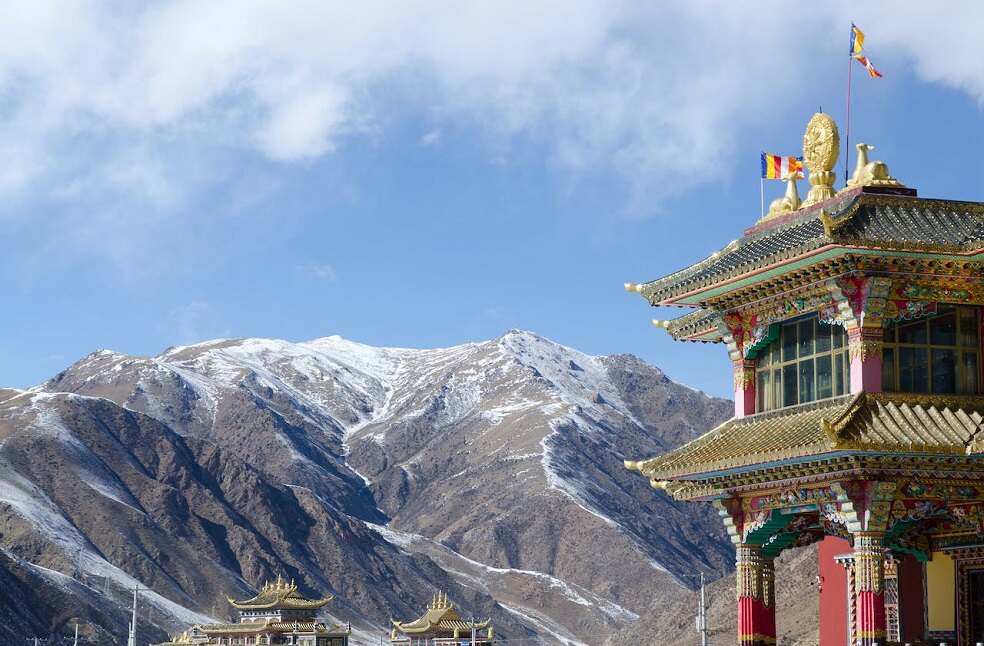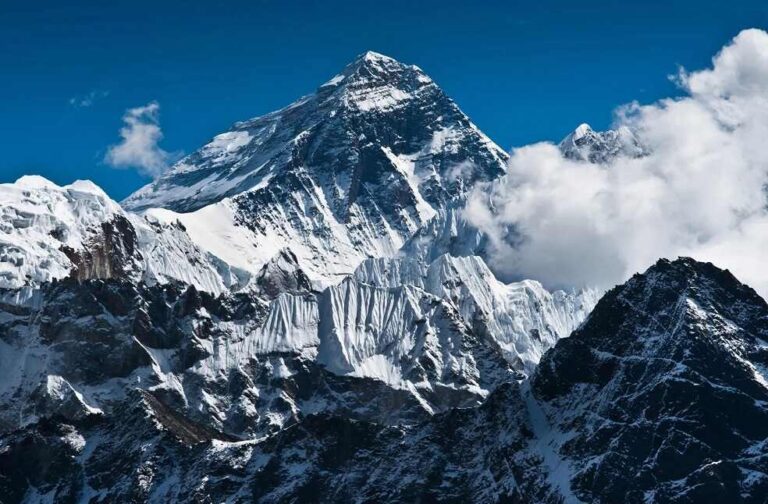A new study suggests that Tibet may be breaking apart as the upper part of the Indian tectonic plate is tearing and warping due to constant collision.
Researchers from US and Chinese institutions presented at the American Geophysical Union conference in San Francisco last December, detailing how the Indian continental plate is breaking apart as it grinds along the basement of the Eurasian tectonic plate, which sits atop it.
The Indian and Eurasian tectonic plates are still colliding beneath the Himalayas, causing them to continue growing. Geoscientists are aware of what happens when a continental plate collides with an oceanic plate. When two continental plates collide, the result is difficult to predict because of their similar densities.

Subduction is the process by which the lighter continental plate slides beneath the denser oceanic plate. In a process known as underplating, in which one continental plate slides under the other without delving very far into the mantle, some geoscientists speculate that the Indian plate may be sliding beneath the Eurasian plate.
Nevertheless, a large number of people believe that the Indian plate is subducting in its inner regions and that its upper regions are pressing up against the majority of Tibet.
New research indicates that subduction of the Indian plate is occurring. But as it does so, it is also tearing and bending, and its upper half is coming off like the canning lid.

The scientists looked into how seismic waves are transmitted through the crust where two plates collide. They produced pictures of slashes in the crust of the Indian plates by using these waves.
In 2022, scientists charted the fluctuations in helium erupting from local geothermal springs to determine the Himalayan plate boundary. Accordingly, earlier geochemical research also points to the possibility that seismic waves produce indications of a splitting plate.
The exact mechanism through which deep crustal tearing and warping contribute to the accumulation of stress at the surface is still largely unknown to scientists. They may learn more about the regions near the plate boundary where there is a higher risk of earthquakes.



